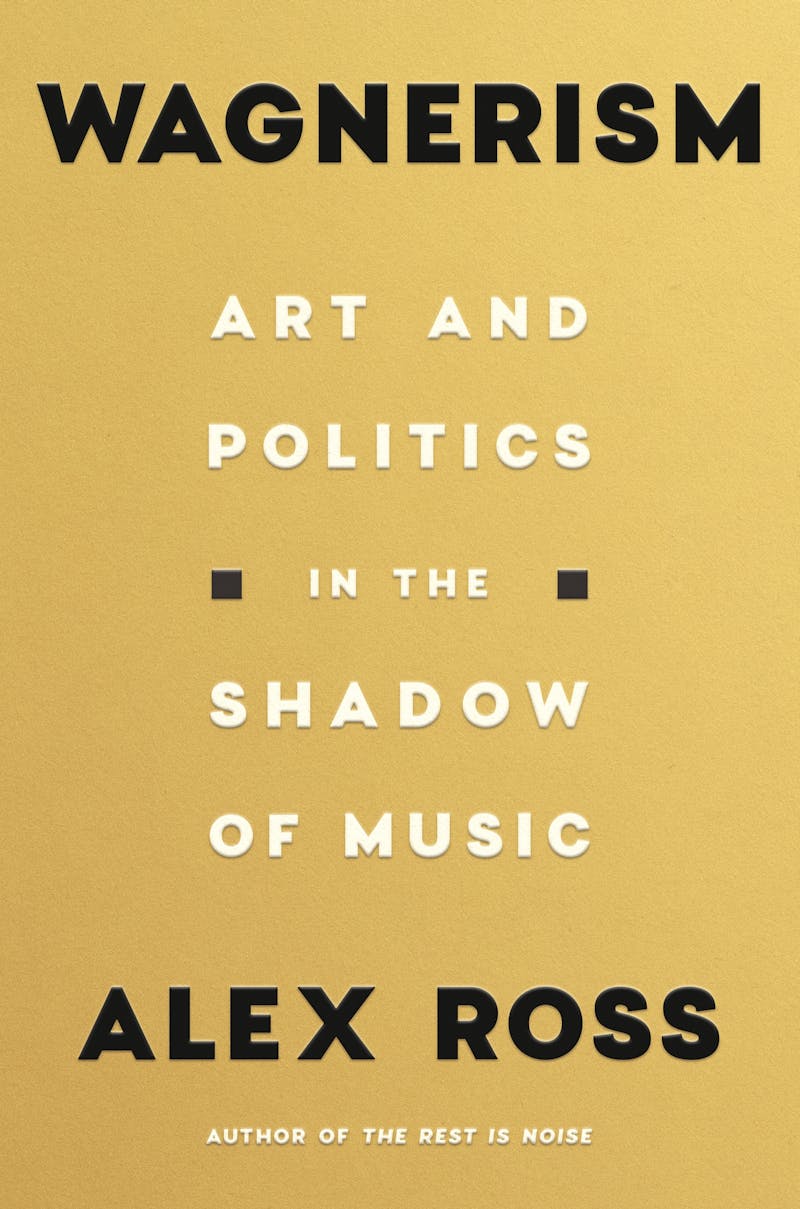At the beginning of Siegfried, the third opera in Richard Wagner’s Ring of the Nibelung cycle, the dwarf Mime is trying to repair a magic sword that was broken to pieces in the previous installment. But every time he offers the sword to Siegfried, the young hero easily shatters it again: “What use is this shiny sharpness / If the steel’s not hard and true!” he complains. Finally Siegfried takes matters into his own hands: Instead of welding the pieces back together, he grinds them into powder and reforges the metal. Armed with a weapon that is both old and new, he is able to slay the dragon Fafnir and rescue Brünnhilde from her prison of fire.

Wagner wrote several manifestos, but this scene offers the best defense of his artistic philosophy: In order to carry on the great tradition of German music, he had to remake it completely. Wagner worshipped Beethoven, but he didn’t follow Beethoven’s example by writing symphonies and string quartets. Instead he aspired to create a Gesamtkunstwerk, a “total work of art” drawing on the resources of music, poetry, drama, and the visual arts. Music-dramas like Tristan und Isolde, the Ring cycle, and Parsifal used new harmonies and musical structures to create unprecedented effects. Never before had there been a musical evocation of sexual passion like the Prelude to Tristan, or of martial frenzy like the “Ride of the Valkyries.”
But it wasn’t only his music that made Wagner the favorite composer of radicals and avant-gardists in the nineteenth century. It was the way he infused music with political and philosophical ideas. In 1848, when he was 35, Wagner took such an active part in the democratic revolution sweeping Germany that he was exiled, like his near-contemporary Karl Marx. In his essay “Art and Revolution,” Wagner explained that political renewal depended on artistic renewal and vice versa. Both aimed at the creation of a new human type, “the strong fair man, to whom revolution shall give his strength, and art his beauty!” The “Ring” is, among other things, an allegory of revolution, in which Siegfried, a free man, challenges the corrupt rule of the god Wotan.
It’s also the work in which Wagner went furthest toward making music a vehicle for narrative and ideas. The philosopher Susanne K. Langer argues in her 1942 book, Philosophy in a New Key, that music, like myth, carries non-semantic meanings that are no less real for being impossible to paraphrase. Beethoven’s late quartets are a profound experience of thought, even though one can’t say what they are thinking “about.” But this non-semantic quality makes classical music a difficult topic for discourse. Listening to it was a private, interior experience long before technology made it possible to hear it in literal isolation, far from performers or audience.
For Wagner, this kind of “absolute music” was retrograde both artistically and politically. The music of the future, which he meant to write, would overcome abstraction and separation. It would be a total experience shared by an organic community, as tragedy was for the ancient Athenians. And a communal art-form requires language, which is why the music-drama must supersede the symphony. Wagner sees this historical process at work in the last movement of Beethoven’s Ninth Symphony, where a chorus joins the orchestra to sing the words of Schiller’s “Ode to Joy.” “The continuation of the musical poetry demands resolution, a resolution that can only be articulated in human speech,” Wagner wrote in a program note for a performance of the Ninth.